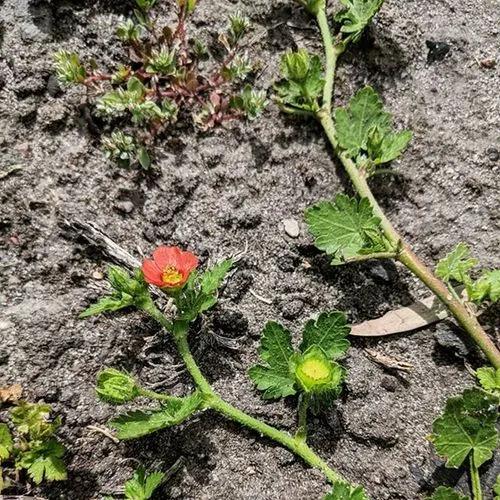Cattleya jenmanii is basically a dwarf-pseudobulb member of the large-flowered group of cattleyas, and this compact habit, along with its strong, wonderful fragrance and free-flowering nature, are the most distinguishing features of the species.
Cattleya Jenmanii Care
Cattleya Jenmanii



How to Care for the Plant

Water

These orchids require a moderate amount of moisture. Water whenever the growing medium is fairly dried out; typically a weekly watering is sufficient. Do not let the orchids sit in a consistently wet growing medium, which can cause root rot. At each watering, water deeply so that the water sprays the foliage and runs through the container drainage holes. Many growers prefer to sit the orchid container in a sink to do this. It’s best to water in the mornings, so the foliage has time to dry in the light. Otherwise, lingering dampness can cause mildew and other disease.

Fertilizer

Some orchids have been known to grow and even bloom for years without fertilizer. But minimal yet consistent feeding will give your plant the nutrients it needs to thrive. Many growers recommend using a balanced orchid fertilizer at a quarter strength weekly at each watering. Too much fertilizer can cause the plant to focus on foliage growth and send up stalks that don't produce flowers. Excess fertilizer also can damage the orchid's roots.

Sunlight

These orchids need bright indirect light for optimal growth. When grown as a houseplant, an east- or west-facing window that gets a lot of light is ideal. However, any harsh midday sun that comes through the window should be diffused with a sheer curtain. Similarly, the orchids like outdoor sunlight in the morning but should be protected from the strong afternoon sun. Cattleya orchids that aren’t getting enough light will have darker than normal foliage, and they often won’t flower. The foliage of orchids that are getting too much light often will turn yellowish or even be scorched brown or black in some areas.

Soil

Cattleya orchids will thrive in a commercial growing mix made specifically for orchids. This usually includes fir or sequoia bark and potentially perlite, horticultural charcoal, coconut husk chips, tree fern fiber, clay pellets, gravel, and more. When grown outdoors cattleya orchids can be slab-mounted, a technique in which the orchid is manually attached to a tree host. To mount the orchid, wrap the roots in moss; wire the plant on top of a shelf (made of organic materials, such as driftwood or cork bark); and attach it to a branch, tree trunk, or log.

Temperature

Cattleya orchids prefer daytime temperatures between 70 and 85 degrees Fahrenheit and nighttime temperatures between 55 and 60 degrees Fahrenheit. Colder temperatures and frost can kill a plant. The orchids can tolerate temperatures up to around 95 degrees Fahrenheit, though it’s important that they have good air circulation and high humidity in such heat. In general, they like a humidity level around 40% to 70%. Many growers raise humidity around their plants by placing the orchid’s container on a tray filled with pebbles and water. The foliage also can be misted in the mornings. Some growers also place a humidifier in the room with the orchid. Plus, these orchids are excellent to grow in greenhouse environments.

Container

These plants don’t like their roots disturbed, so repot only when it’s essential. Once the roots are growing over the edge of the pot and/or the growing medium has decomposed (which causes poor drainage), it’s time to repot. This typically will occur every two years. Choose a slightly larger container with adequate drainage holes. Then, carefully loosen the roots from the old container, and shake off as much decomposed growing medium as possible. Place the orchid in the new container at the same depth it was previously growing, and pack fresh orchid potting mix around the roots.

Popularity

26 people already have this plant 5 people have added this plant to their wishlists
Discover more plants with the list below
Popular articles






